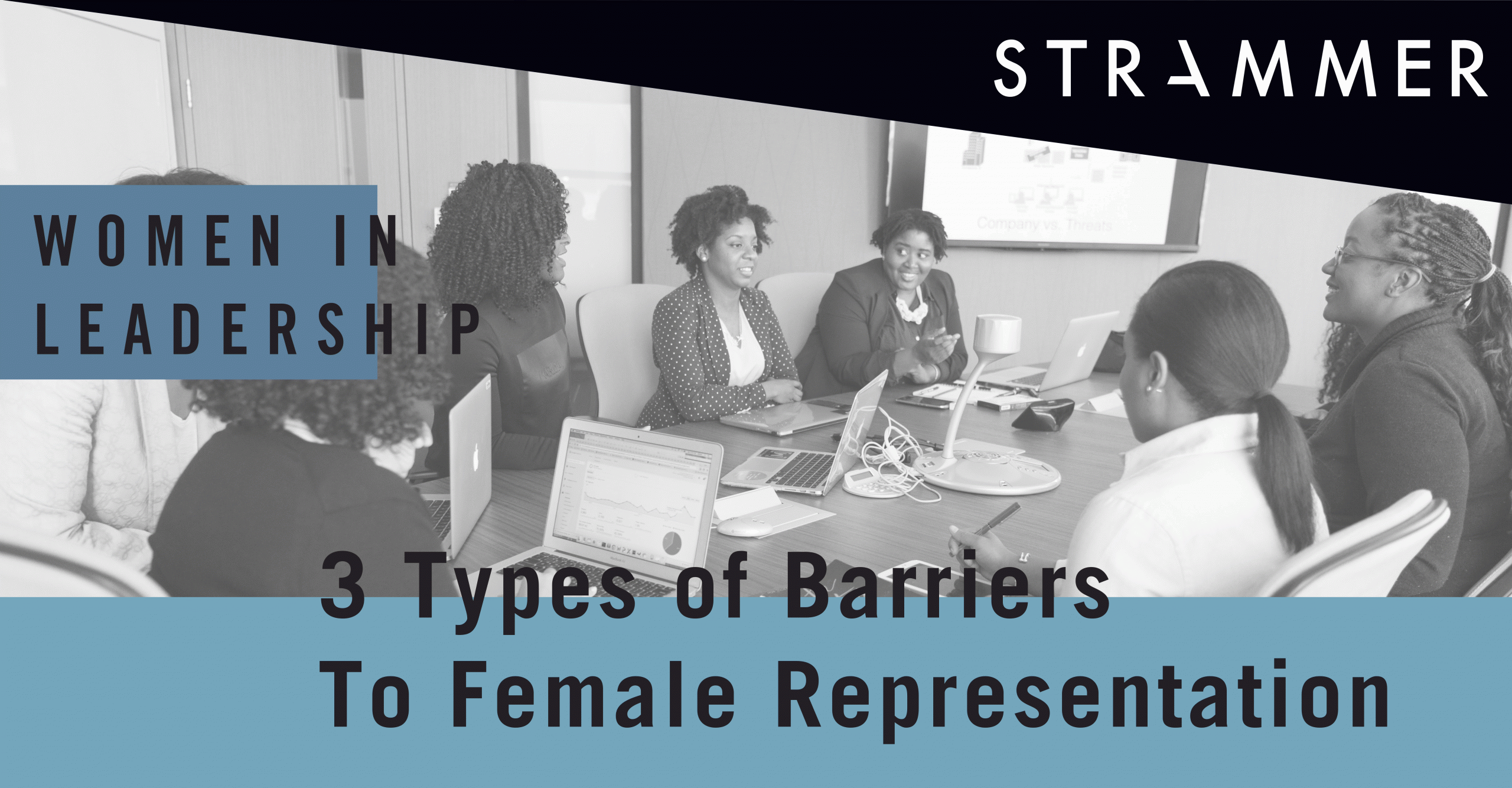Barriers Women Face To Equal Representation
We all know that gender inequality continues to be a problem in the workplace and in society globally, and that much more needs to be done to attain equality for all genders.
In the post-pandemic world, the imperative for companies to act may be even more urgent, as recent studies on the effects of Covid-19 suggest that we are in danger of moving backwards on the advances made towards gender equality.
In the Life Sciences, women are still underrepresented at the top level. Women comprise 49% of workers in the Life Sciences industry worldwide, yet they fill positions in 10% of boards and in 20% of the leadership. Furthermore, the industry is losing female workers at a higher rate than male workers at every rung of the ladder.
Companies who fail to retain employees will likely pay more than they would have done to keep them, as it is proven to be more expensive to replace an employee than to hire a new one. Losing women from the workforce and the industry also hinders the goal of achieving diverse and inclusive workplaces, which also improves company reputation and attractiveness, as reported by the International Labour Organisation.
Companies must address the problem of inadequate female representation by taking purposeful action to combat the barriers that women continue to face – and are in fact worsening due to the social and economic strains of Covid-19. These barriers can be structural, institutional, and related to workplace culture:
1. Structural
Evidence shows women take a disproportionately high share of childcare labour. During the pandemic, studies of Italy, the UK and the US showed mothers were more likely to be responsible for domestic tasks and home-schooling children than working fathers. The lack of equal parental leave policies in many companies reinforces this imbalance and can disadvantage women in attaining promotions and pay increases. Companies must therefore provide equal leave regardless of gender and should consider offering flexible working options. These would mean working families can decide how to distribute childcare duties and women are not forced to bear the responsibility of domestic labour.
Another significant structural barrier women encounter is gender-based harassment. One survey conducted in the UK found that 52% of women reported workplace harassment. At the minimum, companies must have policy infrastructure in place to handle complaints along with training about the subject.
2. Institutional
Companies must also address conscious and unconscious forms of bias which discriminate against women in hiring situations, promotions, and performance reviews. These manifest in stereotyping and pejorative assumptions about the competencies and characteristics of women on the basis of their gender. HR leaders should consider strategies which reduce the space for unconscious bias to influence decisions in these processes. Some measures may include removing names in CVs or establishing set criteria upon which all candidates/employees are assessed. In addition, companies must take action to fight unconscious bias by providing training to help decision-makers understand and deconstruct potential biases. This will help to ensure employees advance based on the skills and value they can offer.
Furthermore, in workplaces the senior leadership tends to be mostly male and masculine traits are often validated as signs of a successful leader. Companies who lack diversity are less attractive to candidates, so those who do not diversify leadership teams risk missing out on talented employees, which can reduce their competitiveness and potential profitability. To work towards levelling the playing field, companies can implement equity measures like diversity quotas and invest in networking and mentoring programmes.
3. Workplace Culture and Environment
More inclusive notions of leadership must also come from changes in workplace culture; however, research indicates many companies are not doing enough. In Glassdoor’s 2019 Diversity and Inclusion Study, 50% of respondents (in the UK, US, France and Germany) agreed that “my company should do more to increase diversity and inclusion.”
HR leaders have a crucial role to play as influencers of workplace culture and behaviours. It can be useful to survey the employees to understand problems in the workplace environment and identify areas of weakness that require improvement.
Recognising and valuing the different ways of achieving success are the hallmarks of an inclusive workplace culture. Using objective quality of output markers may help to remove bias and ensure fairness in recognition and performance review processes. All leaders should start conversations on gender in the workplace and, crucially, be accountable regarding their company´s progress towards gender equality.
References:
- 15 Steps You Can Take To Fight Unconscious Bias In Your Hiring Process, April 2020. Forbes.
- Jan W Peters, Nancy J Lane. The Status of Women in the Life Sciences, April 2015. Wiley Online Library.
- The Role of Women in Science and Technology, March 2020, PM Live.
- 6 Steps for Building an Inclusive Workplace, April 2018, SHRM.
- LinkedIn Global Recruiting Trends, 2018, LinkedIn.





